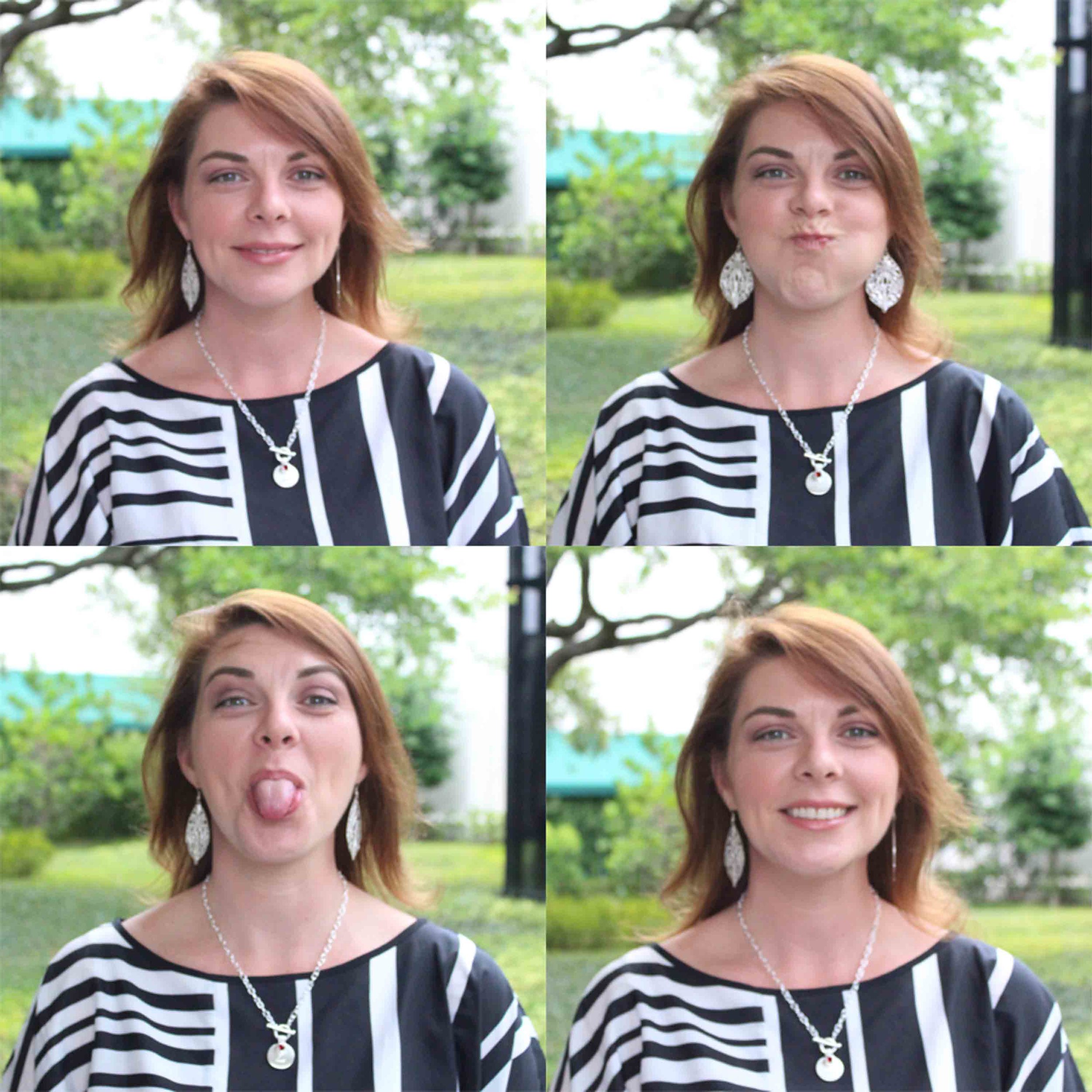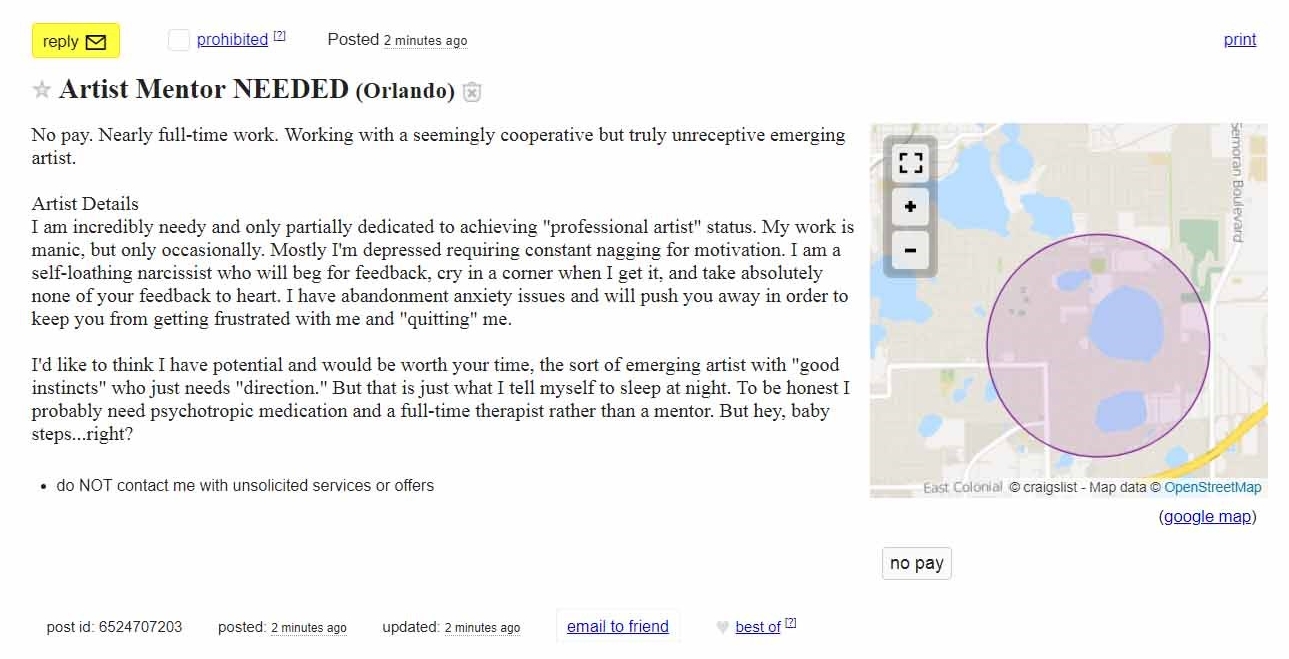These are the beliefs I’ve developed about my reality:
People are basically good and want to do the “right thing.”
Self-reflection is crucial to self-improvement.
Determination and motivation are the deciding factors for success.
Doing the “right” thing is motivation.
Change will happen so adaptability is necessary.
Solutions to a community problem rest inside of the community.
My beliefs, values, and ethics stay at the forefront of my consciousness. I cling to them as life rafts when the rising sun ushers in a storm front churning up rough waters in my life. I wish I could say that I always had this saving grace in my thirty-eight years of life, but I have not. I realized I needed to define my B, V, E’s (beliefs, values, and ethics) only seven years ago when searching out curriculum to teach leadership students. Stumbling across this material was an epiphany for me. Defining my own B, V, E’s made me a better teacher, improved my own leadership skills, gave me direction for my own decision-making processes, helped carve out my career path, and clarified who I am in my own mind.
Knowing your B, V, E’s is empowering! Not just because of what it can do for you, but even more so because of what it can help you do for others. Since my B, V, E’s act as a compass for me, I can share that same compass with friends and family when they are struggling to find their path forward. Rather than sitting with my hurting loved ones wringing my hands and feeling helpless, I can actually help! Through an understanding of my B, V, E’s, I can be proactive about my life rather than drifting from day to day reactively. My B, V, E’s led me to my artwork.
My values include:
Hope
Respect
Compassion
Personal Growth
Education
Happiness
Leadership
Free, democratic society
Beliefs are statements held true about the world. They are the statements which help define reality and shape interpretation and reaction to the people in the world.
Values are concepts which are held dear. Typically, values are abstract nouns.
Ethics are the rules of conduct or morals which guide decisions and behavior. They are usually connections points between beliefs and values.
While my B, V, E’s make me who I am and guide the decisions I make, the identity crisis I have experienced over the past three years of my life has left me staring at them blankly feeling their emptiness and inadequacy. I have experienced situations during this time period, which I cannot place in the paradigms of my B, V, E’s and therefore struggle to gain perspective on those situations.
After a particularly bad day last week, I was left reflecting on how self-centered some people in my life were and how completely they disregarded the needs of others. It made me think back to times over the past few years when people seemed to go out of their way to be hurtful to others. This sort of thinking was antithetical to my B, V, E’s. I didn’t have a mental framework to put around the situation to contextualize it. Last week, I was just angry about the situation. Today, I needed to move forward.
These are my guiding principles:
Aspire to see others as they wish to be seen.
Be nice.
Do as much good by as many people as possible.
Live your life with little regret.
People must contribute to the society in which they live.
When you feel the most emotional, that is when you need to be the most logical.
Educate.
The most liberating thing is doing what you love because you love it—not for the approval of others.
Today, I realized that seven years ago when I first wrote down my B, V, E’s, I was surrounded by people who were generous and routinely acted in the best interests of others. I realized that seven years ago, the professional leadership in my life actively advocated for and rewarded self-less behavior. The vast majority of people I had contact with worked under the same leader. My B, V, E’s were shaped by that leader’s influence. The actions of others around me were shaped by that leader’s influence. Three years ago, that leader accepted a new job. I have been struggling to keep my hands on my B, V, E’s since that time.
I have tried to stay the same, but my context has changed dramatically. I always felt that one particular belief, “Change will happen so adaptability is necessary,” was a reactionary, external condition. However, I think it is something I need to do internally as well. I lived in a world of self-less people and suddenly that was no longer my reality. I needed to change my B, V, E’s to adapt to my new world. I made these changes to my mental paradigm:
People are basically good and want to do the “right thing;” however, understand that people will ensure their own well-being before reaching out into the world to help others.
Doing the “right” thing can be motivation for some people.
People are generally too busy to think outside of themselves to be considerate or helpful of others. This isn’t necessarily selfishness; it is self-preservation.
I keep reviewing my Values and my Ethics. If I must adapt my Beliefs, shouldn’t the Values and Ethics change too? But I don’t believe so. I refuse to allow a situational change in my world to change my interactions with that world. While I may see people differently and may choose to be more careful of people, I refuse to change who I am and how I interact with others.
But this is an art blog. What does any of this have to do with art?
Just me. Flying high at the end of my rope. Tiffany Stained Glass Gallery in Orlando, FL.
My growth as an artist has happened almost completely during this time frame. Much of my artwork right now is about my struggle to contextualize, cope, and find peace with these changes in my social world. My artwork reflects my frustration, heartbreak, loneliness, and hope with my changing world. My artwork itself is a coping mechanism (my reminder to have hope) born out of that discontent and loneliness. My art shows people my emotions with a hope that it will inspire people to wonder about the emotions of others. Each piece strives to create a shared reality in a time when few people share an “irl” existence. My artwork invites a shared conversation about an individual yet collective consciousness.
In putting together my recent Exhibition Proposal for “Flying High At The End Of My Rope,” I forced myself to think about the exhibit as a chapter in my life as an artist—one that paralleled the lives of people who may visit the exhibit. Culturally and personally, I have felt the quick pendulum swing of a circus trapeze throughout the creation of this collection of works. I know that many parts of my life are coming to an end—I feel the pains of being “at the end of my rope.” Yet other parts of my life seem to be soaring through those hardship—I feel the exhilaration of “flying high.” I have learned that all things in life come back to hope and that is the driving creative force in my life right now.





